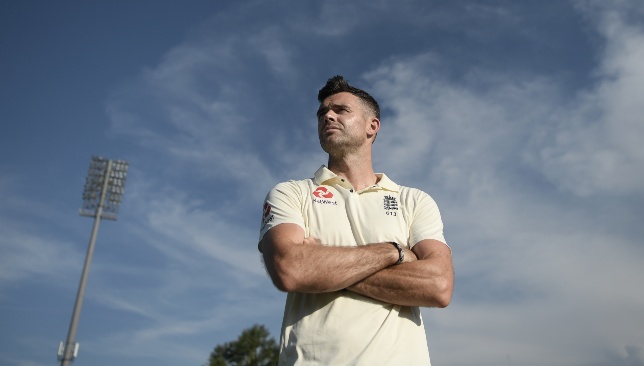
International cricket is a different beast altogether and not every player can come to grips with it seamlessly.
There have been young players who have taken no time at all to adapt to the rigours of international cricket. On the other hand, there are several others who have taken their time to really shine at international level.
There are several factors why some players turn out to be late bloomers. Some of them have consistently churned out the runs in the domestic circuit, but have had to be patient for an international call-up due to stiff competition for places. Meanwhile, others become better with more experience under their belts.
Here, we look at some of the more famous late bloomers in the world of international cricket.
Matthew Hayden (Australia)
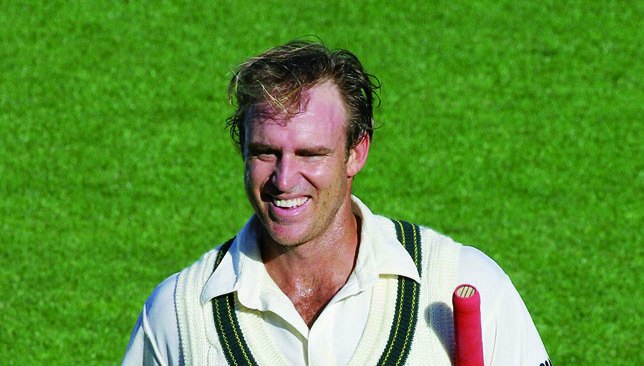
While Hayden is now acknowledged as one of the greatest openers produced by Australia, the left-hander didn’t make an immediate mark at international level. A poor Test debut against South Africa in 1994 ensured he didn’t get another international opportunity until two years later in a clash against West Indies. Even then, Hayden failed to fire with the bat and a string of inconsistent displays leading up to 1997 saw him banished from international cricket for another three years.
He made his Australia comeback in 2000 but it was in the following year on the tour of India where he really came into his own. Post that series where he scored more than 500 runs in three Tests, there was no looking back for the southpaw. Ultimately, he finished his career with 30 Test tons including the second highest score in the format (380).
Abid Ali (Pakistan)
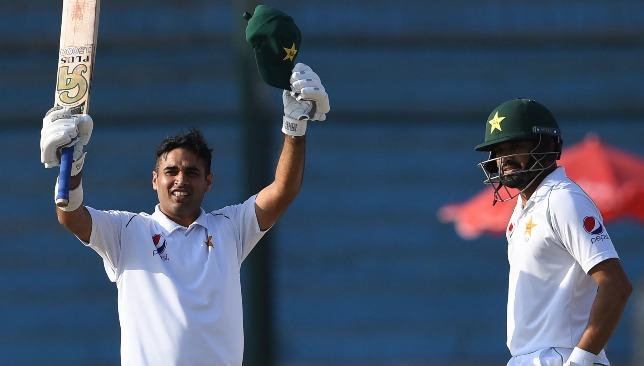
The latest entrant in this list is Pakistan opener Abid Ali. The right-hander wasn’t the most prolific at domestic level to start with, and it was only in his late 20s that he began to gain some consistency at the level. His international debut finally arrived last year at the age of 31 when he was fielded in an ODI against Australia in Dubai. Ali announced himself in style with a ton on his ODI debut, but even more glory awaited him at the end of the year when he was handed a maiden Test call-up.
The Pakistan opening batsman repeated his ODI exploits by registering a century against Sri Lanka in his first Test appearance. That feat made him the first batsman in history to score tons on his debut in both formats. In his next Test in Karachi, Ali made it two tons in two matches to complete a fairytale initiation to international cricket.
Marvan Atapattu (Sri Lanka)
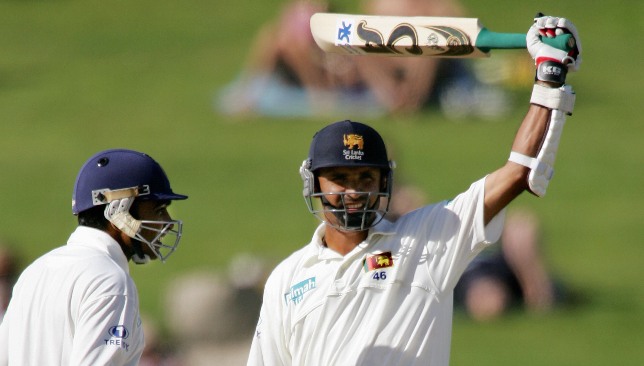
Before the legendary duo of Kumar Sangakarra and Mahela Jayawardene were piling up the runs for Sri Lanka, it was Marvan Atapattu who was flying the flag high for the islanders. However, the right-handed batsman, with a compact technique, had a tough baptism of fire at international level. He bagged a pair on Test debut and would go on to register five ducks in his first six innings.
His first ton for Sri Lanka came in 1997 – almost seven years after he made his Test debut. By the time he retired 10 years later, Atapattu had scored 15 more centuries and more than 5,500 runs. Five of them were double tons and the opener also managed to make a mark in the ODI format in which he brought up 11 centuries.
Graham Gooch (England)
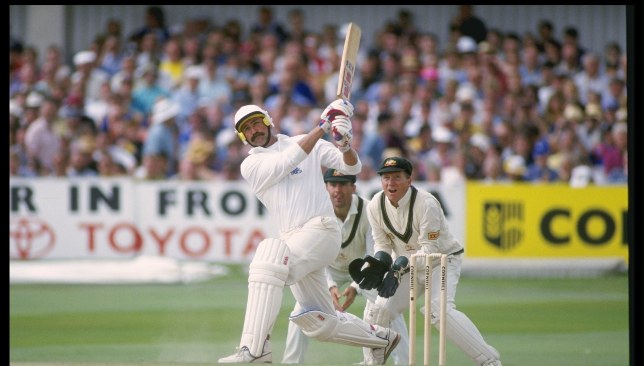
It seems openers really take their time to find their feet and Graham Gooch was no different. Like Atapattu, Gooch too suffered the ignominy of bagging a pair on his Test debut against Australia at Edgbaston. Five years later in 1980, he registered his maiden Test ton at Lord’s against the mighty West Indies.
The Englishman’s crowning moment came in 1990 when he slammed a magnificent 333 against India in Lord’s before following it up with a 123-run knock in the second innings of the same Test.
By the time he hung up his boots in 1995, Gooch had amassed nearly 9,000 Test runs under his belt with the help of 20 centuries.
Michael Hussey (Australia)
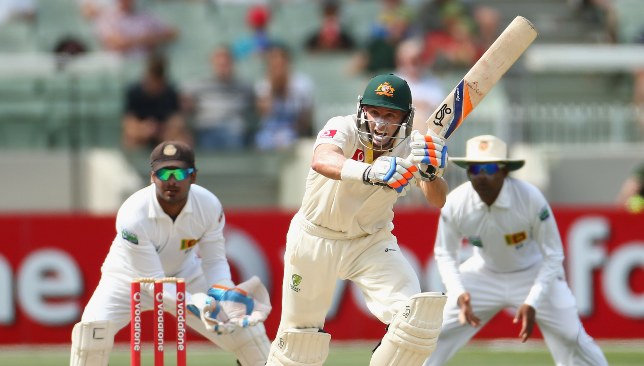
The man who is fondly called ‘Mr. Cricket’ did not make his Test debut until the ripe age of 30 in 2005. It was Hussey’s misfortune that he played in an era where Australia were stacked in terms of middle-order batsmen, and the left-hander had to endure a long wait for a call-up despite being a prolific run-scorer at domestic level for Western Australia.
His undisputed class with the bat was evident from the very go in Test whites with the left-hander racking up three tons and a fifty in his first five appearances for the country. It was almost as if Hussey was on a mission to make up for all the lost time with the stalwart going on a scorching run-scoring spree until his eventual retirement in 2013.
His final run tally was an impressive 6,235 in 79 Tests with the help of 19 centuries and an average of more than 50. How many runs he would have accumulated if he made his debut at an early age remains one of cricket’s most burning questions.
Misbah-ul-Haq (Pakistan)
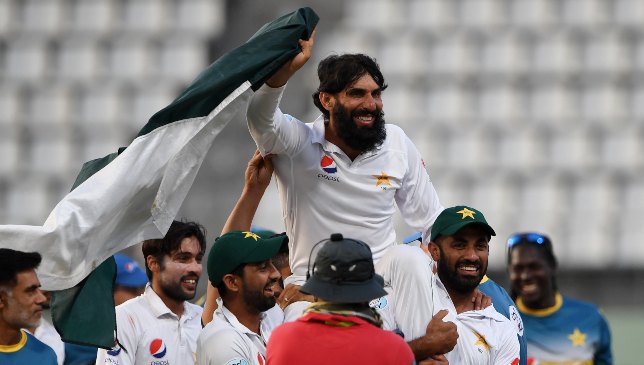
The now Pakistan head coach is another batsman who blossomed only late into his career. A poor Test debut in New Zealand in 2001 was followed by some more poor displays in the two subsequent years before he was axed from the squad in 2003.
His Pakistan comeback started in 2007 when he returned with a bang to nearly lead the Men in Green to glory in the World T20 held in South Africa. The tournament kick-started Misbah’s resurgence with the right-hander going on to forge a stellar career. Subsequently appointed as the team’s skipper, Misbah developed into a reliable middle-order batsman for Pakistan and ultimately retired with more than 5,000 Test runs to his name.
Imran Khan (Pakistan)
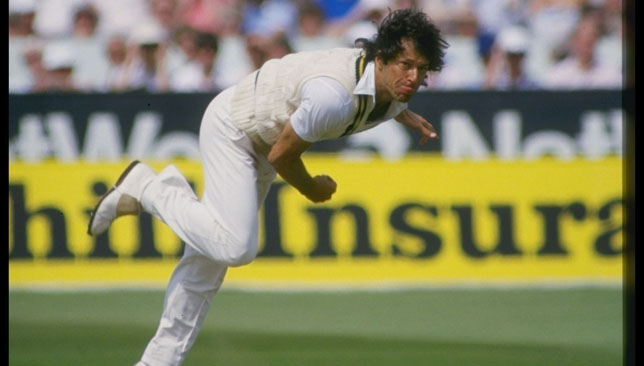
Now the Prime Minister of Pakistan, Imran Khan had an international career which spanned 21 years in total. While every cricket fan will have heard about his talismanic qualities which saw him lead Pakistan to their only World Cup title in 1992, Khan had an ordinary start to life in international cricket.
The all-rounder made his first Pakistan Test appearance in 1971 and would go on to make 25 appearances in the format over the course of the decade. In that period, he only managed to average approximately 22 and 32 with the bat and ball respectively. The next decade saw him finally fulfill his immense potential, raising his batting average to 44.1 while bringing down his bowling average to a sensational 19.1.
His illustrious career came to an end in 1992 with 3,807 runs and 362 Test wickets to his name. One of the greatest all-rounders the world has ever seen.
Graeme Swann (England)
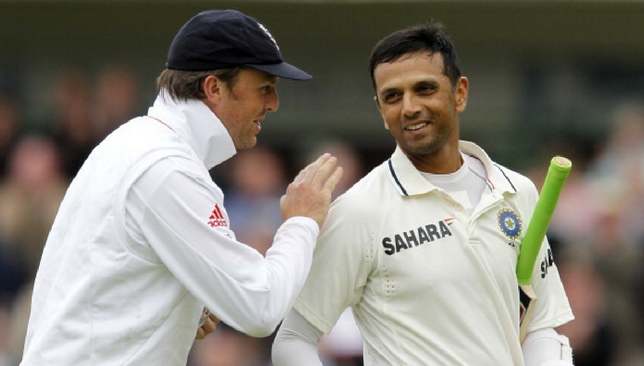
The England off-spinner made his ODI debut all the way back in 2000 against South Africa but was relegated back to the domestic circuit due to disciplinary issues. A missed team bus on that tour of South Africa were among the issues which cost Swann who was only recalled to the international set-up seven years later.
Some encouraging displays in ODI cricket earned him a first Test cap in 2008 and he then developed into one of the most lethal red-ball spinners of his time. Six fruitful years at Test level saw Swann ultimately hang up his boots with 255 wickets in a total of 60 appearances. The high point of his career came towards the end in 2012 when he and Monty Panesar starred in England’s historic Test series win on Indian soil.
Saeed Ajmal (Pakistan)
Like Hussey, Saeed Ajmal’s international debut came only once he turned 30 and the off-spinner didn’t really enjoy a scorching start. He took his time to find his groove with the red-ball but quickly established a reputation as one of the most fearsome spinners in limited-overs cricket.
His googly or the ‘doosra’ flummoxed plenty of batsmen and soon, Ajmal was translating his white-ball success into the Test arena. By the time the Pakistan offie retired in 2015, he has picked up 178 wickets in Test cricket along with 184 scalps in ODIs.
James Anderson (England)

The 37-year-old is still going strong as shown by his 28th career five-wicket haul in the second Test between South Africa and England. While he is now the leading Test wicket-takers among pacers, Anderson wasn’t always the force with the red cherry.
The Lancashire man’s first 20 Test appearances for England yielded just 62 wickets at a poor average of 39.20. It was in 2008 when Anderson really kicked on as a Test bowler and gained mastery of the swinging Kookaburra. Now, the Burnley-born man is slowly inching towards his 600th Test scalp after a staggering 151 appearances in the format.
His career average has dropped down to less than 27 and he is showing no signs of slowing down any time soon.
Ishant Sharma (India)
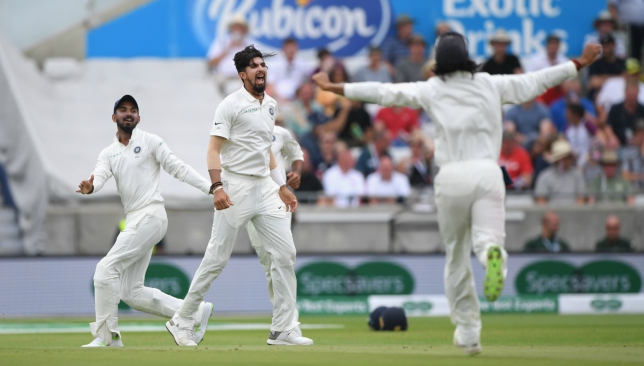
The longest-serving player in the Indian Test outfit currently, Ishant Sharma had an indifferent start to his career despite showing plenty of promising signs. The manner in which the lanky fast-bowler troubled batting great Ricky Ponting as a teenager in 2008 foreboded a glittering career down the line. However, it turned out to be a frustrating next few years for Ishant who averaged nearly 39 with the ball in his first 53 Test appearances.
Something clicked for the Delhi man since 2014 and he is getting even better with each year. In his last 43 Tests, Ishant has picked up 143 wickets at an average just over 26. His workhorse like abilities have seen him becomes a crucial component of India’s now formidable pace attack which is among the best in the business.